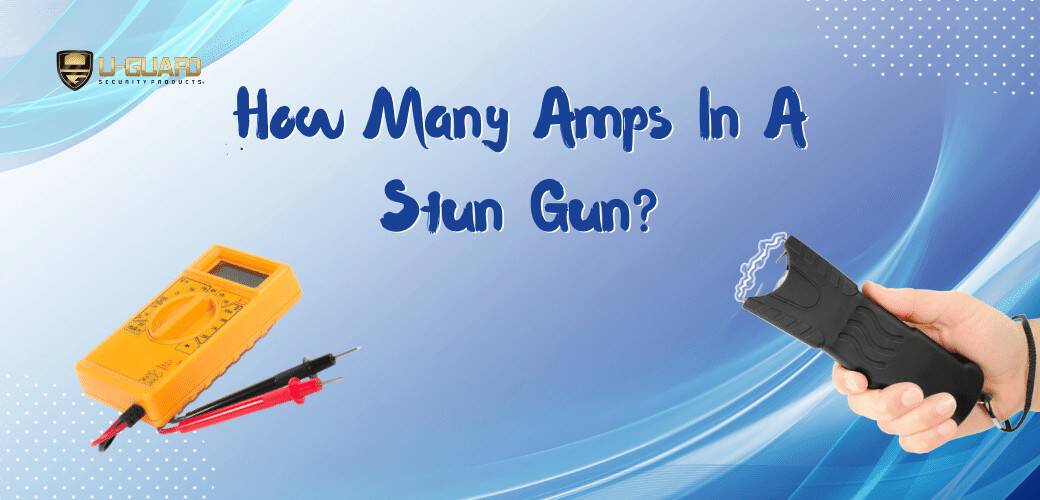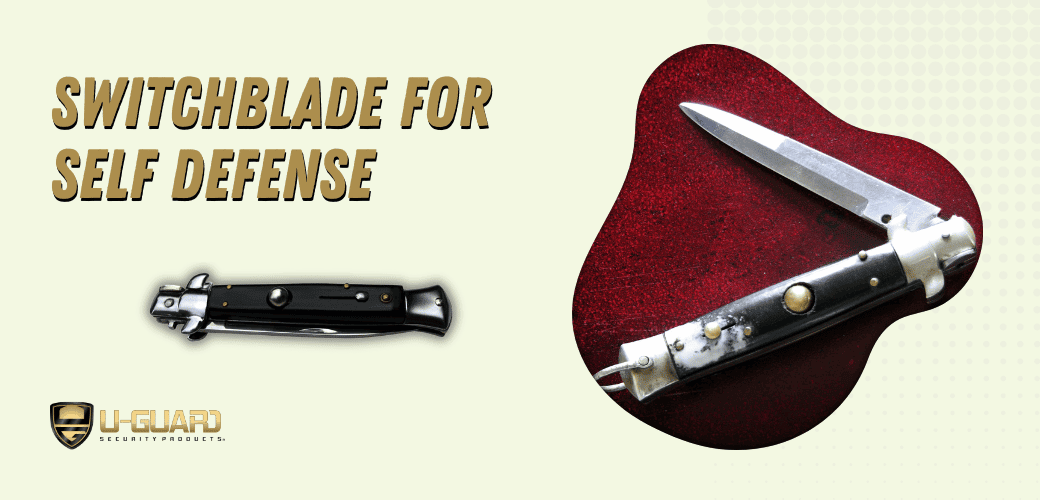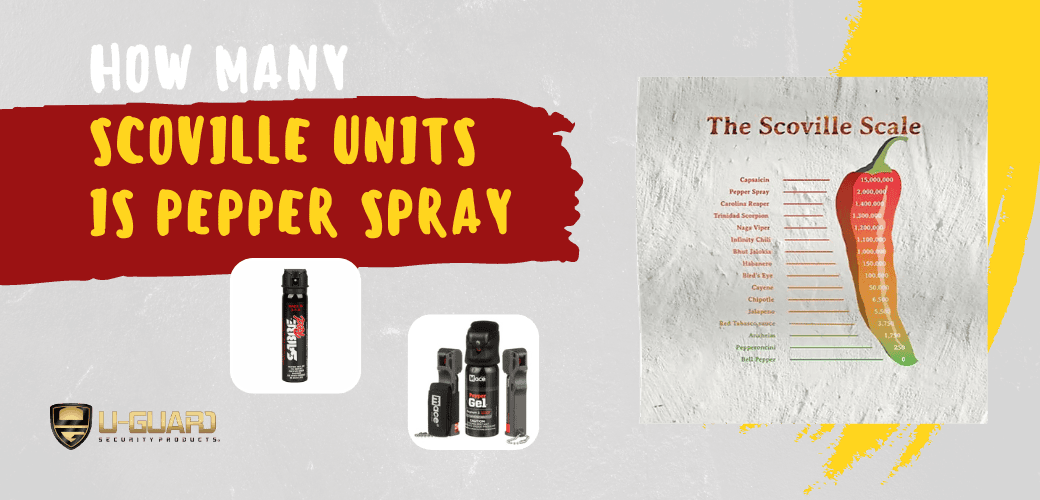Have you ever wondered how many amps are in a stun gun? It’s a common question among those interested in self-defense weapons. This blog post looks at stun weapons and explores the importance of amperage, voltage, and micro coulombs in determining their effectiveness. Let’s uncover the shocking truth behind the amperage of stun guns.
How Many Milliamps Does a Stun Gun Have?
Diving right into the heart of our electrifying topic, let’s talk about the amperage in a stun gun. You might be imagining some crazy high numbers, but the reality is quite the opposite. A stun gun’s amperage is surprisingly low, hovering around the 2 to 4 milliamp range. Why so little, you ask? Well, it’s all about finding that perfect sweet spot. Enough amps to make an attacker rethink their life choices but not so much that it crosses the line into dangerous territory. It’s this careful balancing act that allows stun guns to do their job effectively while keeping things on the safer side. So, when looking at what packs the punch in a stun gun, remember it’s not just about the raw power but how that power is harnessed and delivered.
Voltage vs. Milliamps: What’s the Real MVP in Stopping Power?
Let’s get into the nuts and bolts of what gives a stun gun its zap—talking voltage versus milliamps. Now, it might seem like we’re setting up for an epic showdown, but in reality, these two are more like a dynamic duo than fierce competitors. Think of voltage as the push that gets the electricity moving toward its target, while milliamps keep the party going once it arrives. You need a hefty voltage to break through an attacker’s resistance and deliver the shock, but it’s the milliamps that actually do the dance, creating that immobilizing effect without crossing into dangerous territory. So, in the quest for stopping power, it’s not about picking a favorite between voltage and milliamps. Instead, it’s about appreciating how they work together, hand in hand, to keep stun guns effective and safe. Remember, it’s the combination that makes the magic happen!
Keeping It Non-Lethal: What’s the Legal Limit for Stun Gun Milliamps?
Navigating through the world of stun guns, it’s super important to talk about what keeps these devices in the safe zone. There’s a cap on how much zap you can pack to ensure stun guns stay on the non-lethal side of things. Legally speaking, we’re looking at a max of under 5 milliamps. This boundary is not just a random number; it’s carefully chosen to maintain the effectiveness of a stun gun while ensuring it doesn’t cause lasting harm. It’s like setting a speed limit for electricity running through the device – fast enough to make an impact, but not so fast it becomes dangerous. Staying under this limit is what makes a stun gun a responsible choice as a less lethal self-defense weapon. It’s all about that balance, ensuring you can defend yourself without going overboard.
Measuring Effectiveness: Are Microcoulombs the Way to Go?
Alright, so we’ve chatted about amps and voltage, but this whole other player in the game is grabbing attention: microcoulombs. It sounds super science-y, doesn’t it? But here’s the scoop. When you’re sizing up how effective a stun gun can be, those microcoulombs might be your best bet for getting the real picture. Why, you ask? Because microcoulombs bundle up the shock value by considering both how powerful the zap is (that’s your voltage talking) and how long that zap lingers (hello, duration). It’s like getting the whole story of what’s happening when you press that stun gun button. Think of it as the biography of a stun gun’s shock – it tells you not just about the sheer force but also how that force plays out over time. So, if you’re diving deep into what makes a stun gun tick, or rather, zap effectively, keeping an eye on those microcoulombs might give you the clearest insight. It’s like peeking under the hood and understanding the engine, not just admiring the paint job.
Testing the Amperage of Your Stun Gun: What Tools Do You Need?
So, you’re thinking about checking out the amperage of your stun gun, huh? Well, before you dive in, let’s chat about the tools you’ll need to get this job done right. Now, this isn’t your everyday DIY project, so a regular old toolbox might not cut it. You’ll need a bit more specialized – a multimeter that’s up to the task of measuring low currents. These aren’t your average run-of-the-mill gadgets; they’re designed to accurately pin down those tiny amperage numbers we’re talking about. This kind of precision is key because, remember, we’re dealing with low milliamps here, and accuracy matters. So, if you’ve got one of these handy, you’re on the right track to understanding just how much zap your stun gun packs. Just remember, handling stun guns and electrical measurements is serious business, so having the right tool is step one in playing it safe and smart.
DIY Amp Testing: Is It Possible With Standard Tools?
Alright, let’s break it down. How about measuring the amps of your stun gun on your own? Rolling up your sleeves and getting hands-on can be pretty satisfying. But here’s the deal: while you technically can try this with standard tools like a trusty multimeter, it could be more complex than measuring, say, the voltage in your car’s battery. Standard tools can do the job, but you’ve got to be sure you know what you’re doing. We’re talking precision and safety here, folks. Multimeters that can handle the task aren’t your average garage variety; they’re designed to measure very low currents safely and accurately. And let me emphasize the safety part – working with electricity, especially something intended to pack a punch like a stun gun, is no joke. If DIY is your style, ensure you’re prepped and ready for it with the right tools and knowledge to do the job. If not, there’s no shame in calling in a pro to ensure you’re getting the real scoop safely.





